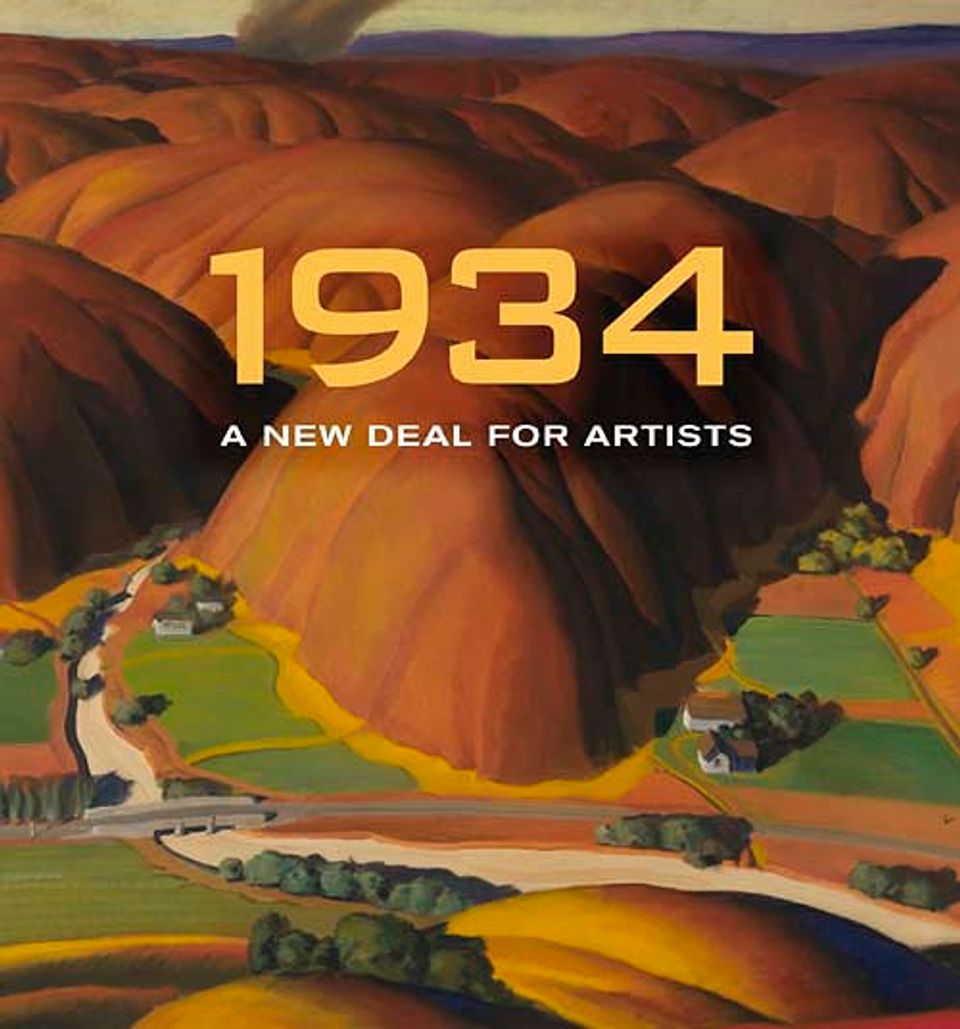Ilya Bolotowsky, In the Barber Shop, 1934, oil on canvas, 23 7⁄8 x 30 1⁄8 in. (60.6 x 76.5 cm.), Smithsonian American Art Museum, Transfer from the U.S. Department of Labor, 1964.1.79
Copied
Artwork Details
- Title
- In the Barber Shop
- Artist
- Date
- 1934
- Location
- Dimensions
- 23 7⁄8 x 30 1⁄8 in. (60.6 x 76.5 cm.)
- Credit Line
- Transfer from the U.S. Department of Labor
- Mediums
- Mediums Description
- oil on canvas
- Classifications
- Subjects
- Architecture Interior — commercial — barbershop
- Object — written matter — newspaper
- New Deal — Public Works of Art Project — New York City
- Recreation — leisure — reading
- Recreation — leisure — reading
- Occupation — service — barber
- Figure group — male
- Object Number
- 1964.1.79














